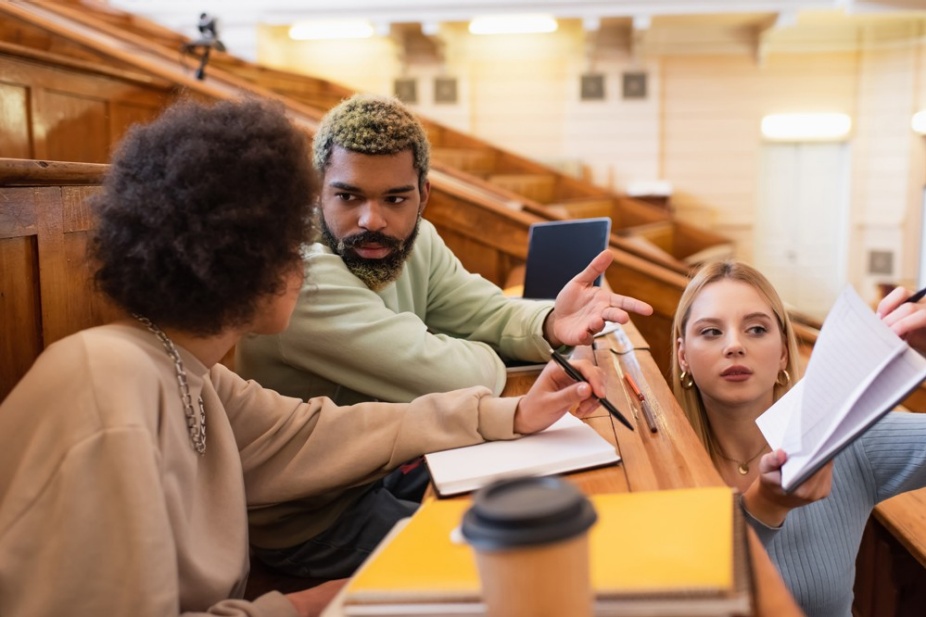
Can nonverbal gestures impact group success in STEM education?
University at Buffalo researchers to investigate the understudied aspect of group learning
BY DANIELLE LEGARE

Virginia J. Flood is a GSE assistant professor of learning sciences in the Department of Learning and Instruction.
Supported by the NSF’s Education and Human Resources Core Research program—which funds STEM education research—the study will analyze and categorize gestures made by a diverse group of students in an introductory undergraduate physics course at an institution that serves Hispanic, Asian American and Native American Pacific Islander students.
The researchers will observe how students exchange and interact with each other’s gestures while working together. They also will identify and characterize the nonverbal behaviors as beneficial or harmful to group success, and create a comprehensive catalogue of gesture types.
“There is a great deal of research on verbal communication practices in group work, but little is known about how nonverbal communication practices such as gestures contribute to successful collaboration in STEM,” said principal investigator Virginia J. Flood, assistant professor of learning sciences in the UB Graduate School of Education, and director of the Embodied Interaction in STEM (EIS) Lab.
“This project will improve our understanding of the role nonverbal communication plays in collaborative learning, and it will contribute to the development of broader definitions of the competencies and practices involved in learning and doing STEM.”
Benedikt Harrer, clinical associate professor of physics in the UB College of Arts and Sciences, is a co-principal investigator on the study.